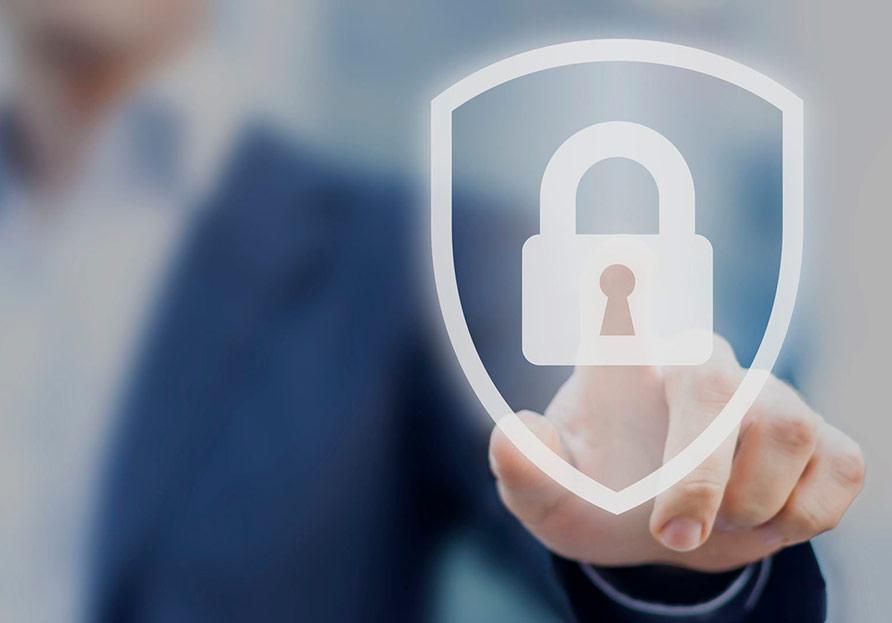The questions are interesting and the answers are more so. Perhaps one of the most important is: Is there anything special about user consent in the new GDPR? This issue concerns most companies and their day-to-day business: it affects their relationship with their customers. “Yes, the characteristics of consent are quite specific,” the Gartner report reads, and then goes on to list them briefly:
- It must be a clearly affirmative act: Silence, tacit consent and pre-checked boxes “are things of the past”. The organization must request consent directly.
- Specific: If the data processing has several purposes, consent must be given for each and every one of them.
- Clear, transparent and understandable information: The customer who transfers his data must be clearly informed of the purpose for which his data is being requested and by whom. And this will be done with a “flat” language both at the level of the lexicon used and in terms of typographic design.
The burden of proof that all of the above has been fully complied with rests with the company collecting the data. What does this mean? It is not enough to obtain the data only with explicit consent, it is also necessary to store and safeguard them in accordance with the requirements of the law. And to present them reliably when required.
Tools such as MailConsent from MailTecK & Customer Comms make it easier to comply with the requirements that the GDPR will demand from companies in just five months. Easy to implement and quickly adaptable to the systems of each company, MailConsent is a solution that allows you to obtain explicit certified consents from customers through all channels: web, email, postal mail, contact center, APPs, sms…as well as to store and safeguard them with full legal validity.
In this link
you can read the complete Gartner report with the answers to the 10 questions that, surely, have already been asked by the departments in your company that deal with customers.


